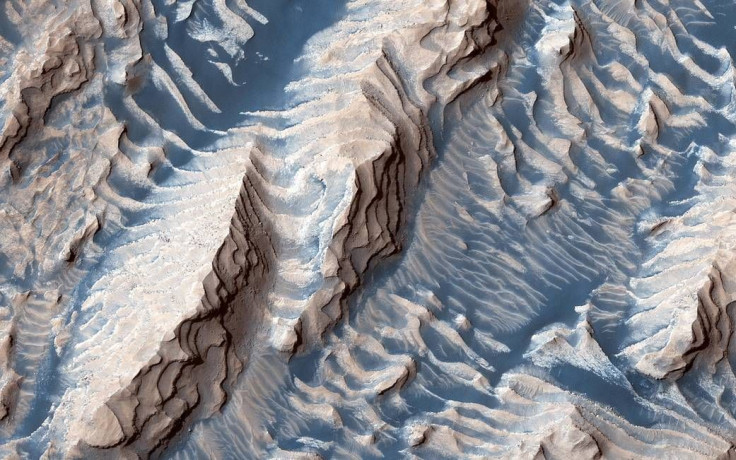NASA Mars Mission Success: Human Survival Could Depend On This Vegetable

Planet Mars has one of the worst environments for humans which would make it difficult for the future plans of starting a human colony on the Red Planet.
Among its many problems (apart from the dangers of radiation and Mars’ weak atmosphere) finding a regular food source is one of the issues that needs to be addressed. So far, NASA is working on growing some vegetables that will most likely survive in Mars’ harsh environment and that astronauts would tend to grow while staying on the International Space Station (ISS).
Among the vegetables being considered, the asparagus poses the most significant possibility of actually surviving Mars than any other type of veggie. Since Mars has more alkaline in its soil compared to Earth, it’s more ideal to plant asparagus and some beans instead of potatoes. However, the thought of consuming only these veggies aren’t everyone’s cup of tea.
"In fact, in this particular area the soils are more alkaline so this would be OK for growing asparagus and beans and not potatoes. If I had to eat asparagus for three years, I think I'd just take my helmet off and walk outside,” Jim Green, one of NASA’s chief scientists, said in an International Astronautical Congress’s presentation on Martian soil data brought back by NASA’s Curiosity rover.
According to a report from Space.com, the key takeaway from all of these is that the asparagus info just goes to show that NASA scientists already know significant information about the Red Planet’s geological makeup to establish such a theory.
Green further discussed that elements like carbon, hydrogen, nitrogen, oxygen, phosphorus and sulfur can also be found within the soil of Mars. "There's nitrates in the soils and [we've learned] that they are moist," he added.
All the data on Mars’ soil is a result of eight successful missions courtesy of NASA’s previous and ongoing Red Planet missions. Information was gathered via orbiters and rovers that have been roaming around Mars for years and have beamed back relevant data that help the U.S. space agency prepare for more ambitious projects in the future like the Mars 2020 mission.
Aside from the soil makeup, the possibility of finding water on Mars is part of the progress that NASA scientists seem to be on the brink of discovering. "What was really exciting when we first dug into this red soil is [that] grey material started coming out. This tells us that Mars' history is really quite exciting," Green said.
© Copyright IBTimes 2024. All rights reserved.





















